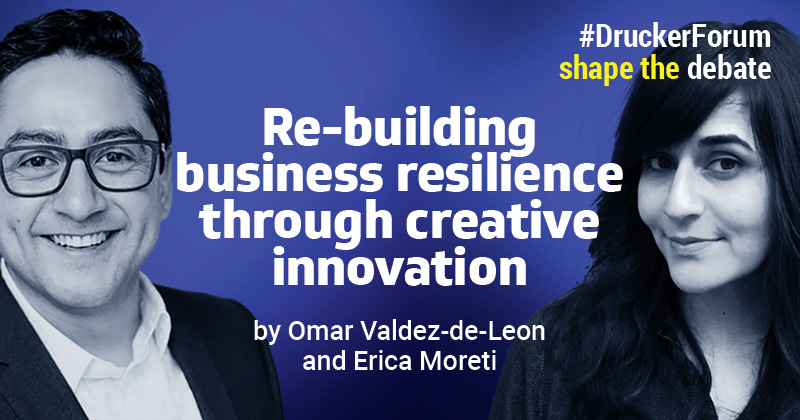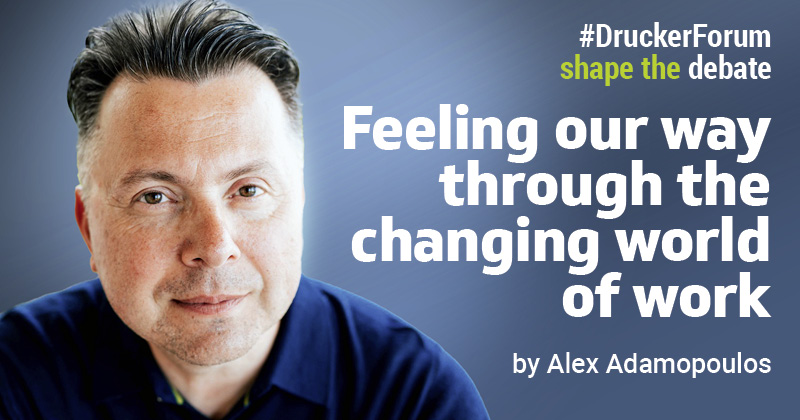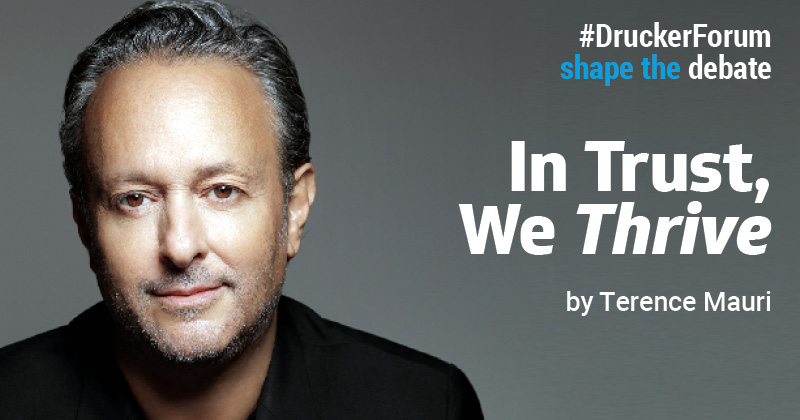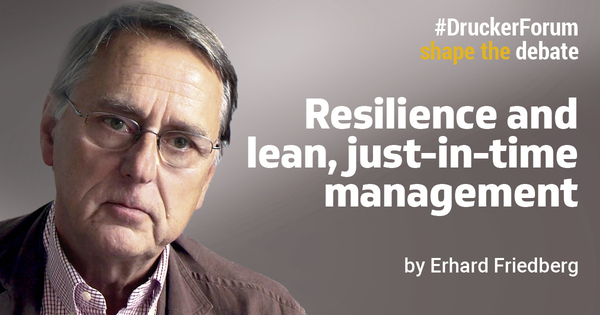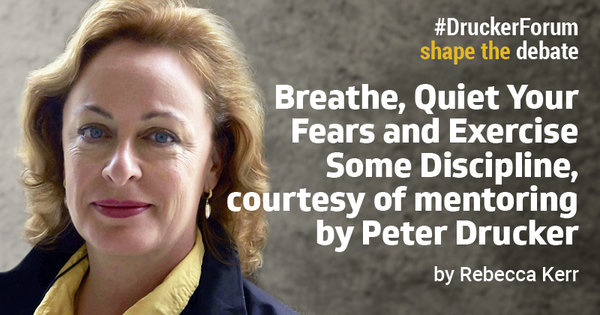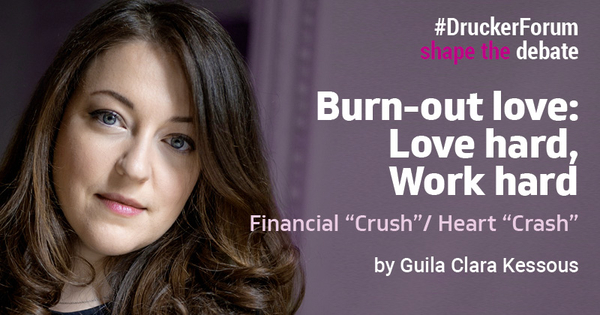After the recent events like the pandemic and conflict in Europe, with supply chains still recovering and ebullient inflation, the economic outlook for businesses has become more challenging. We’ve seen the direct effects on businesses: (1) higher operational and capital costs; and (2) weaker demand as consumers rethink their spending patterns. A key question for business leaders: Is it possible to innovate to build resilience in an era where cheap money is no longer available? The answer: Yes. […]
Continue reading